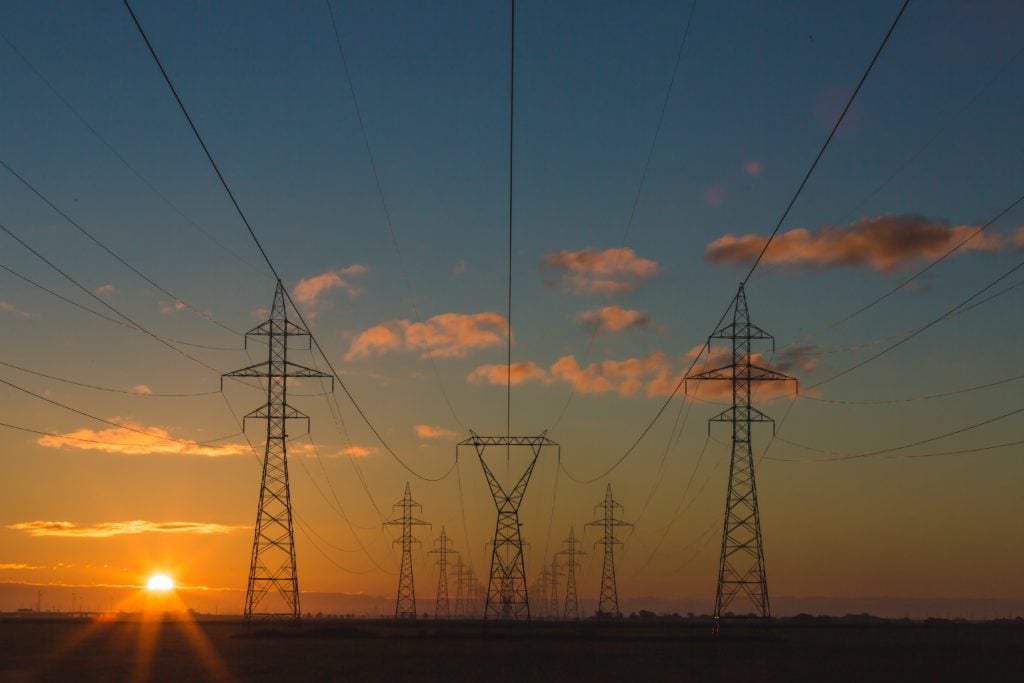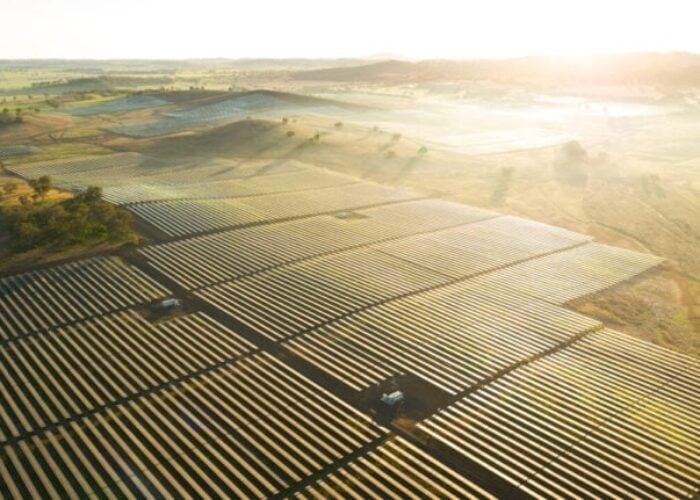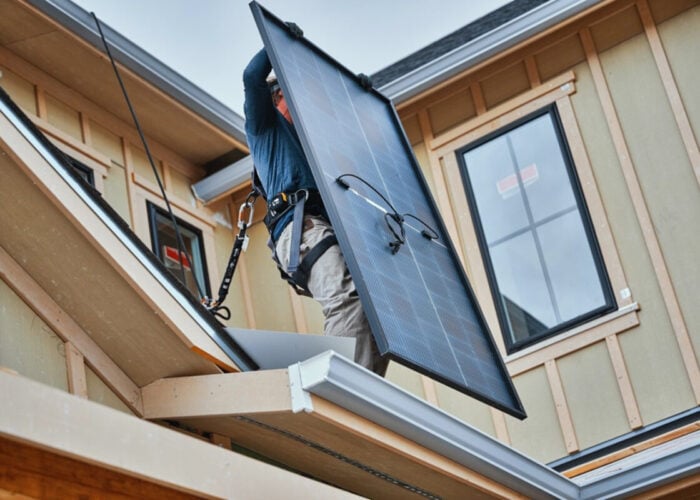
With the growth of distributed energy resources in the US, such as residential solar, their aggregation into virtual power plants (VPPs) will be substantial and could help US utilities save up to US$35 billion in the next decade.
“VPPs are a big part of the future, but they’re also a part of now. Sometimes we forget that. They’re being deployed today, the technology is here today,” says Mathew Sachs, SVP of strategic planning and business development at VPP provider CPower during a conversation at last month’s RE+ event in Las Vegas.
Unlock unlimited access for 12 whole months of distinctive global analysis
Photovoltaics International is now included.
- Regular insight and analysis of the industry’s biggest developments
- In-depth interviews with the industry’s leading figures
- Unlimited digital access to the PV Tech Power journal catalogue
- Unlimited digital access to the Photovoltaics International journal catalogue
- Access to more than 1,000 technical papers
- Discounts on Solar Media’s portfolio of events, in-person and virtual
A recent example of the importance and role of VPPs in stabilising grids was shown in September in Texas. Sachs mentioned how the Electric Reliability Council of Texas (ERCOT), the grid operator responsible for managing 90% of the state’s energy infrastructure, launched its first Energy Emergency Alert 2 (EEA2) in September, which Sachs says is the grid announcing that it is running short on reserves.
During this alert, VPPs put nearly 400MW of capacity into the grid, showing how VPPs are slowly playing a larger role in helping the grid and the ever growing electricity demand.
“On an exceptional curve”
“We’ve seen our dispatches go up, kind of on an exponential curve over the last 5-10 years. Every year we break a dispatch record,” says Sachs. He also notes that, currently, CPower has 6.3GW of VPPs across the US, distributed over 20,000 commercial and industrial sites, with an ever growing number and dispatchable use for it.
“We’re being used more and more. 20 years ago we were used during the hottest day in the summer. Today, we’re being used all four seasons, for energy, for capacity and ancillary services.”
A more recent report from the US Department of Energy (DOE) estimated savings of up to US$10 billion annually in grid costs with the deployment of 80 to 160GW of VPPs – trebling current scale – by 2030. At this scale VPPs would then contribute between 10-20% of peak demand.
“On one end we have this need for flexibility growing, and on the other end, we have our supply of flexibility growing. I’m not surprised the DOE comes out and says it’s going to grow three times,” says Sachs.
Aside from the large amounts of savings from VPPs, another important aspect of it is that these are quite quick to implement and very efficient. Battery storage is a good example of that, but Sachs says that oftentimes people do not realise that on top of making savings on the bill, it can also bring value to the grid.
“When you’re buying a battery for backup and bill savings, you’re probably not thinking about the grid value of it. It’s the cherry on top, the bonus you get when you realise it. I do think the grid value will be more and more in the equation. And help accelerate the deployment of these things.”
Working together to better integrate VPPs and get better access to data
One of the biggest challenges that VPPs are facing is on the regulatory side, says Sachs, and more particularly that they were not part of the conversation on how to solve grid issues. “With releases like the one from the DOE, we’re starting to be in the conversation more and more. Which is great.”
Moreover, access to data sharing, or data in general, needs to be more straightforward. Sachs says that in order to get access to a customer’s data, the company has to go through a letter of authorisation in order for the customer to agree to share its data.
“It’s very cumbersome sometimes, especially at the residential level. But even at our level. Our projects are big enough that we can employ people that run and chase these things, but for residential it doesn’t even make sense, economically speaking.”
While the bureaucratic process regarding data collection can vary between the more than 3,000 that exist in the US, these need to be simplified. Not only that, but Sachs adds that the way to get real-time access to the data could also be better. More specifically the fact that companies still need to install pulse meters – which query the utilities’ meters asking it what the level is at that exact moment – even though that information could be directly accessed through the utility’s meter.
“That’s more complicated. There are real cybersecurity concerns and other things there. But that’s something else we could solve as a group on data,” concludes Sachs.
Talking about the challenges that VPPs are currently facing, Sachs does not see any of those as problems that could cause any massive issues, rather that these challenges are slowing down the process of transitioning towards clean energy.







